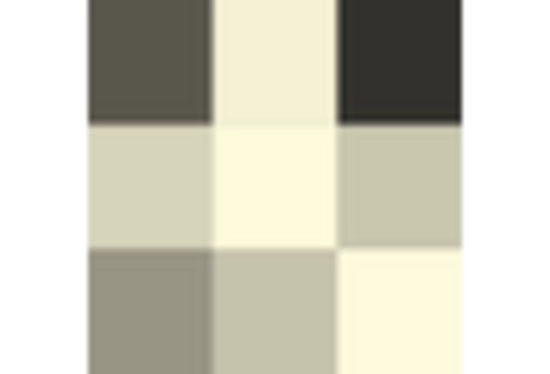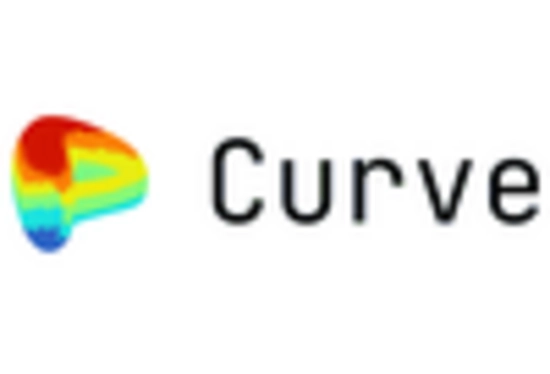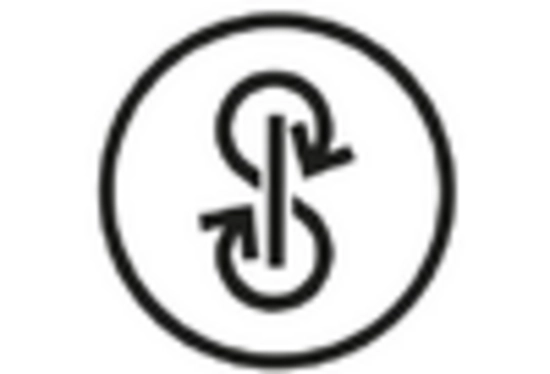The Decentralized Finance (DeFi) market is currently characterized by a dynamic competitive landscape, driven by innovation, regulatory developments, and the increasing adoption of blockchain technology. Key players such as Uniswap (US), Aave (FR), and MakerDAO (US) are at the forefront, each employing distinct strategies to enhance their market positioning. Uniswap (US) continues to innovate with its automated market-making protocols, focusing on user experience and liquidity provision, while Aave (FR) emphasizes its lending and borrowing services, expanding its offerings to include flash loans and credit delegation. MakerDAO (US) is strategically enhancing its governance model to foster community engagement and ensure the stability of its DAI stablecoin, which is pivotal in the DeFi ecosystem. Collectively, these strategies not only bolster their individual market shares but also contribute to a competitive environment that is increasingly collaborative yet fiercely competitive.
In terms of business tactics, companies are increasingly localizing their services to cater to regional regulatory requirements and user preferences. The DeFi market appears moderately fragmented, with numerous players vying for dominance. However, the influence of major players like Uniswap (US) and Aave (FR) is substantial, as they set industry standards and drive innovation. Their ability to optimize user engagement and streamline operations is critical in shaping the market's structure, as smaller players often look to these leaders for inspiration and competitive benchmarks.
In September 2025, Uniswap (US) announced the launch of its Layer 2 scaling solution, which aims to significantly reduce transaction fees and improve throughput. This strategic move is likely to enhance user adoption and retention, positioning Uniswap as a more attractive platform for traders and liquidity providers. The Layer 2 solution not only addresses current scalability issues but also aligns with the broader industry trend towards enhancing user experience through technological advancements.
In August 2025, Aave (FR) introduced a new governance proposal aimed at integrating AI-driven risk assessment tools into its lending platform. This initiative is indicative of Aave's commitment to leveraging cutting-edge technology to enhance security and efficiency in lending operations. By incorporating AI, Aave (FR) may improve its risk management capabilities, potentially attracting a more risk-averse clientele and solidifying its reputation as a leader in the DeFi lending space.
In July 2025, MakerDAO (US) launched a new initiative to diversify its collateral options, allowing users to leverage a broader range of assets for minting DAI. This strategic expansion is crucial for maintaining the stability of DAI amidst fluctuating market conditions. By diversifying collateral, MakerDAO (US) not only enhances the utility of its stablecoin but also mitigates risks associated with over-reliance on a limited asset base, thereby reinforcing its position in the DeFi market.
As of October 2025, the DeFi landscape is increasingly defined by trends such as digitalization, sustainability, and the integration of AI technologies. Strategic alliances among key players are becoming more prevalent, fostering innovation and enhancing service offerings. The competitive differentiation is likely to evolve from traditional price-based competition towards a focus on technological innovation, user experience, and supply chain reliability. This shift suggests that companies that prioritize these aspects will be better positioned to thrive in the rapidly evolving DeFi market.

















Leave a Comment